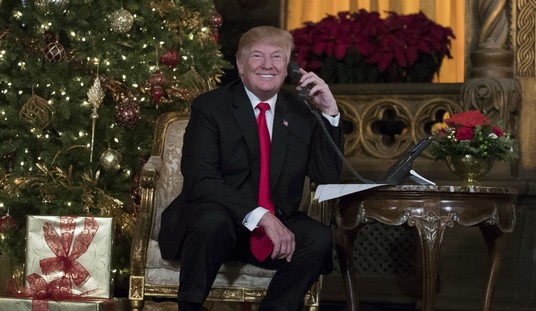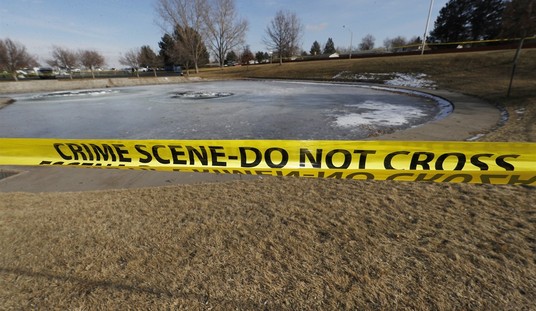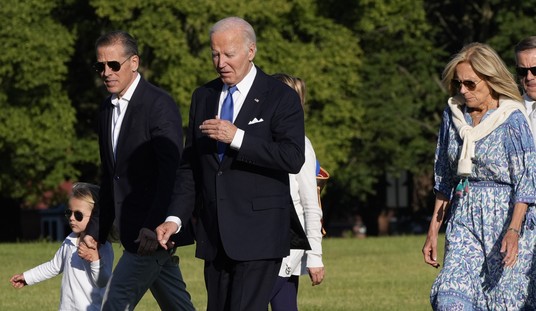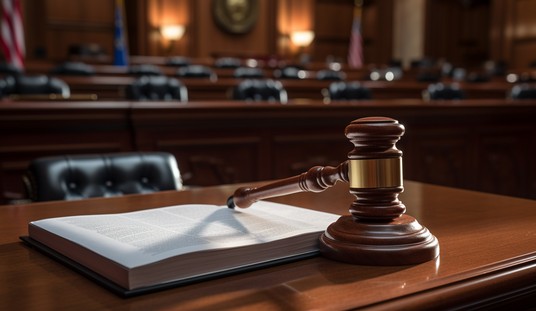
A court-ordered DOJ filing revealed that fired FBI Director James Comey’s “notes” of his conversations with President Trump contained far more sensitive, and even classified, information than had been previously known. Comey has said he took notes after each encounter with Trump because he did not trust him.
The document, filed in U.S. District in Washington, D.C. on Monday afternoon, can be viewed here. There were five Freedom of Information Act (FOIA) requests for this information. This list included CNN v. FBI, Gannett Satellite Information v. DOJ, Judicial Watch v. DOJ, Freedom Watch v. DOJ and the FBI, and The Daily Caller News Foundation v. DOJ.
The filing was written by FBI Deputy Assistant Director David Archey, who was a member of Mueller’s Special Counsel team.
The filing indicates that Comey’s memos include “highly sensitive information…Specifically, additional witnesses are identified and a confidential human source is identified by both true and code name, as well as evidence [foreign intelligence information] obtained therefrom, and investigative steps taken or not yet taken [sources and methods]…”
Additionally, Comey included “information about whether the FBI initiated coverage through the Foreign Intelligence Surveillance Act (FISA) on a particular individual and information concerning the President’s foreign policy decision making.”
Archey writes that the memos contain information about “non-public interaction between specific foreign governments and officials and U.S. government officials.”
According to the DOJ, “all of that information is currently and properly classified.”
After Comey’s firing, he gave portions of these memos to his friend, instructing him to leak them to a newspaper. The friend obliged and it was the publication of these memos that directly led to the Special Counsel investigation, just as Comey had intended.
In addition to CNN’s FOIA request for the full contents of the memos, they have also requested “the FBI’s sealed explanations to a D.C. federal court in October 2017 as to why the memos needed to remain hidden from the public eye.” According to Fox News’ Gregg Re:
The FBI further disclosed on Monday that it had sought to keep Comey’s writings hidden during Special Counsel Robert Mueller’s Russia probe in part because releasing Comey’s memos could “reasonably be expected to affect the testimony of people knowlegeable about the conversations” — an apparent reference to Trump.
That comment came in a sealed declaration filed with a Washington, D.C. federal district court by then-FBI Deputy Assistant Director in the Counterintelligence Division David Archey on October 13, 2017, when multiple media reports indicated that Mueller was investigating the president for possibly obstructing justice.
Monday’s FBI filing was prompted last week by U.S. District Court Judge James E. Boasberg, who demanded that the FBI provide “clean and redacted copies of the documents in dispute here” because the Mueller investigation has ended.
The flow of information has certainly increased since Mueller submitted his report to Attorney General Barr two weeks ago. And President Trump has reiterated his promise to release the relevant documents such as the FISA Court application and all renewals. Although redacted copies were released last summer, clean, unredacted copies will prove that the bogus Steele dossier was offered as evidence of wrongdoing to the FISA Court.
It will be fun to watch.













Join the conversation as a VIP Member